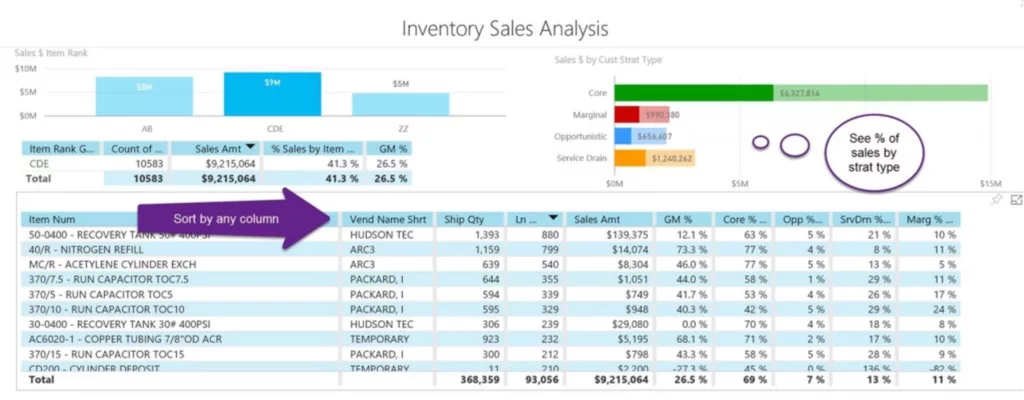
The best business leaders are decisive. These are people who are not content with business as usual. When opportunities arise to improve their company’s competitive positions, leaders choose action. It’s well-known that the bookselling, video rental and tourism industries have learned hard lessons about carrying on with business-as-usual.
The rapid rise of eCommerce, social media and big data put many market-leading companies out of business. Yet, the business world’s digital transformation shows no signs of slowing down. Risk avoiders who have grown comfortable with the status quo will get left behind.
In our experience, too many companies remain risk averse, often hesitating to introduce new technologies that might help their businesses evolve. The fear is that disruptive technologies might upset the apple cart and break what is known to work today. Customer expectations have changed. It’s important that forward-thinking companies implement proven technologies to boost customer service levels. To do less is to risk the future viability of your enterprise. It’s time to take a stand.
How Distributors Can Stand Out from the Crowd
Tools are available to help distributors successfully make the digital transformation. Affordable technologies such as Microsoft Power BI have made big data accessible to nearly everyone. Distributors can leverage the treasure trove of data captured by their enterprise resource planning (ERP) systems into useful, actionable information. In fact, distributors who learn how to use new technologies can more closely align their business processes with the needs of their most important customers.
Inventory management is a case in point. As a distributor, you know that inventory represents a major investment. Minimizing the number of slow-moving items held in inventory is crucial. You need to free up cash to purchase productive items that contribute more to your distribution business’ bottom-line profits.
When MS Power BI is used to process ERP data through a Customer Stratification algorithm, you can learn which specific inventory items matter to your best customers. Your business will stand out from the crowd by improving service to those specific customers who contribute the most to your bottom-line profitability. Consistently delighting your best customers will help you build a more sustainable and profitable distribution business.
The ABCD’s of Inventory Management
Frequently, distributors use alpha systems to rank their inventory items as A, B, C or D (where A are fast-turns and D are slow-turns). The fear of getting stuck with obsolete inventory serves as a motivator to lessen exposure to C and D inventory items. However, it would be a mistake to indiscriminately remove C and D items from inventory simply because they are slow-moving. To do so is to risk customer service levels to those valuable customers who depend on you to supply those critically important items to them.
Not all customers are the same – some are more profitable to you than others. By categorizing customers into four groups, Customer Stratification analysis provides a powerful way to assess the relative importance of various C and D items held in inventory As illustrated below, the Inventory Sales Analysis screen can be used to segment sales by customer type for specific inventory items. Decision makers can see which specific C and D inventory items are useful to their ‘Core’ or best customers; and which ones are not.

Imagine for a moment that a D item is a widget. Stocking those slow-moving widgets ties up dollars that could be more profitably allocated to other items. However, the decision to stock widgets depends upon which of your customers value these particular items the most. If Customer Stratification analysis proves that undesirable ‘Marginal’ and ‘Service Drain’ customers are the primary buyers of widgets, then it probably doesn’t make sense for you to continue stocking widgets. You are committing dollars to servicing customers who don’t contribute much to your company’s profitability. Going forward, it might be better to sell widgets as non-stock items, if at all.
On the other hand, if Customer Stratification analysis finds that valuable ‘Core’ and ‘Opportunistic’ customers tend to buy widgets from you, then your company should definitely commit to stocking widgets. Customer service levels will deteriorate if you fail to keep widgets in stock. You want to keep your most profitable customers happy, even if widgets comprise a relatively small amount of the customer’s business.
As the digital transformation sweeps across more and more industries, the time has come for distributors to take a stand. Distributors must learn how to leverage new technologies such as Customer Stratification analysis to stay competitive in a rapidly changing business environment. A case in point is leveraging data from Customer Stratification analysis to minimize inventory, deliver exceptional customer service and boost bottom-line profits.







